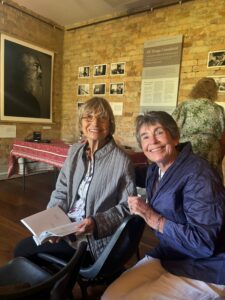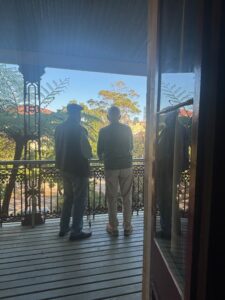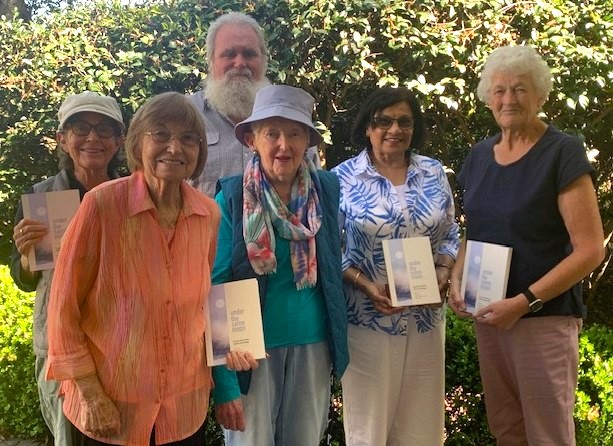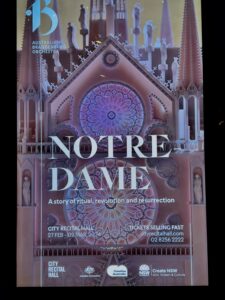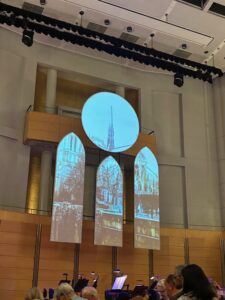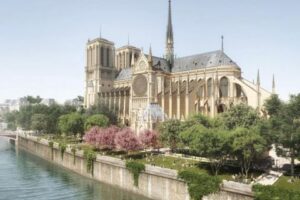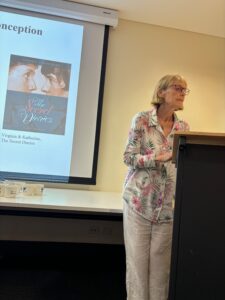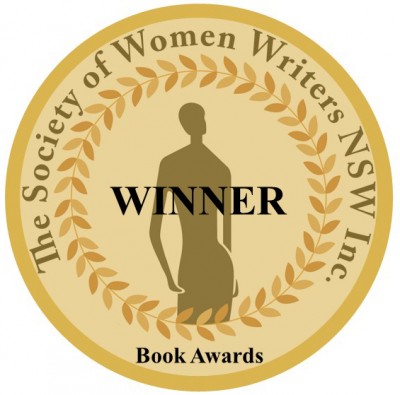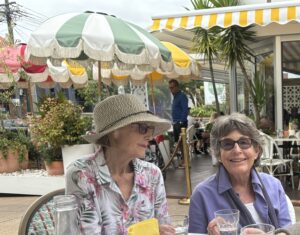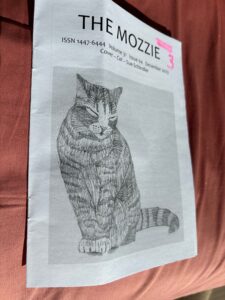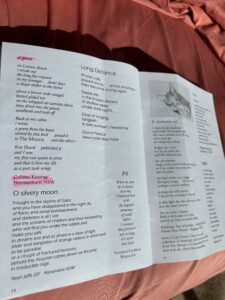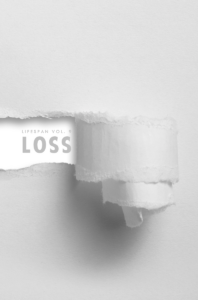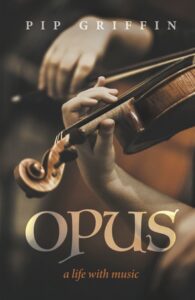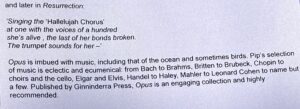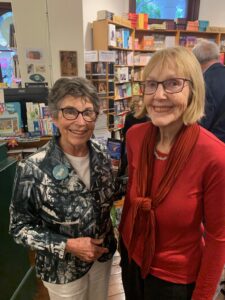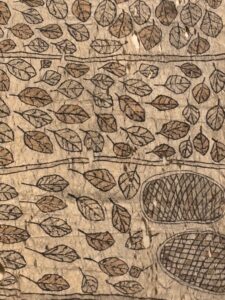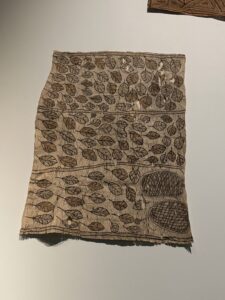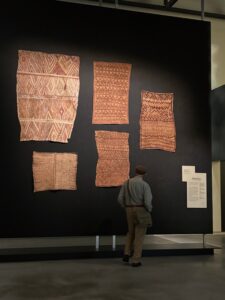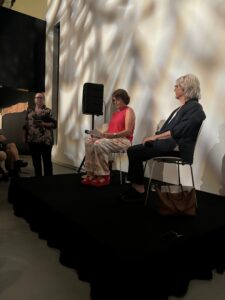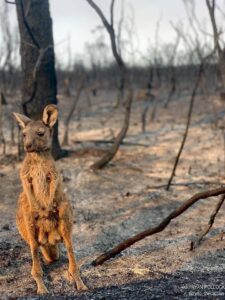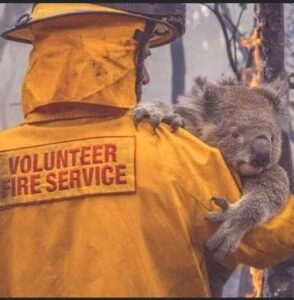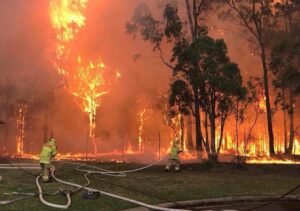Sydney Anthology Launch 14th April 2024

On a warm and sunny Sunday afternoon 25 haiku poets and poetry lovers met in the Gallery, a heritage room in the Kirribilli Neighbourhood Centre to celebrate the Sydney launch of under the same moon: Fourth Australian Haiku Anthology (Forty South, 2023).
Poets travelled from all over Sydney and from as far afield as the Central Coast, Bathurst, Canberra and Coffs Harbour to attend the event.
Vanessa Proctor acted as the MC, introducing the incoming president of the Australian Haiku Society, Leanne Mumford, to speak about haiku and the AHS. Three AHS presidents were present, one current and two past presidents: Vanessa Proctor and Beverley George. Lyn Reeves, who has recently retired from her role as Vice President after 24 years service to the AHS, was recognised for her tireless work for the Society and for Australian haiku.

L to R, bottom row: Colleen Keating, Carol Reynolds, Barbara Fisher, Margaret Mahony, Kent Robinson, Jane Gibian
Vanessa Proctor then spoke about the editorial process with co-editors Lyn Reeves and Rob Scott, the aims for the anthology and the process of selecting the haiku. She examined how the strength of this anthology lies in the quality of its work and the way in which it offers a distinctly Australian view of the world.
As the anthology is dedicated to John Bird and Beverley George, Beverley began the readings with Max Ryan’s haiku in tribute to AHS founder John Bird. David George then read Gregory Piko’s haiku celebrating Beverley’s contribution to Australian haiku.
Contributors went on to read their featured haiku and those of poets who were not able to attend.
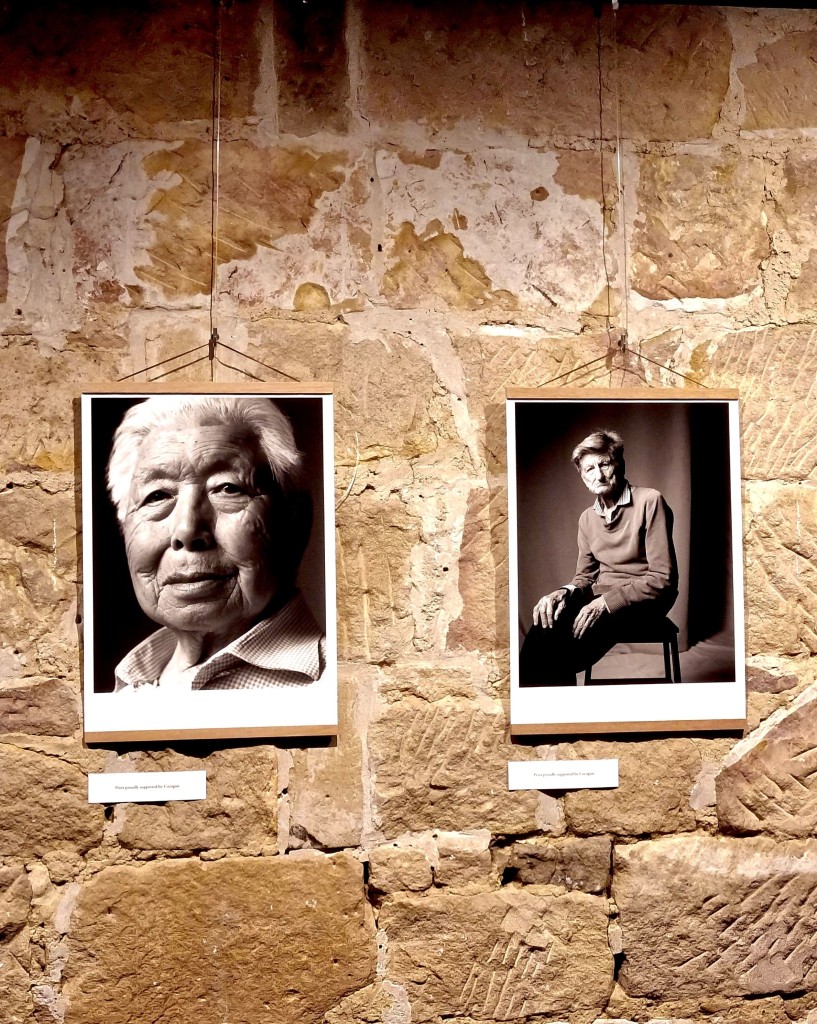
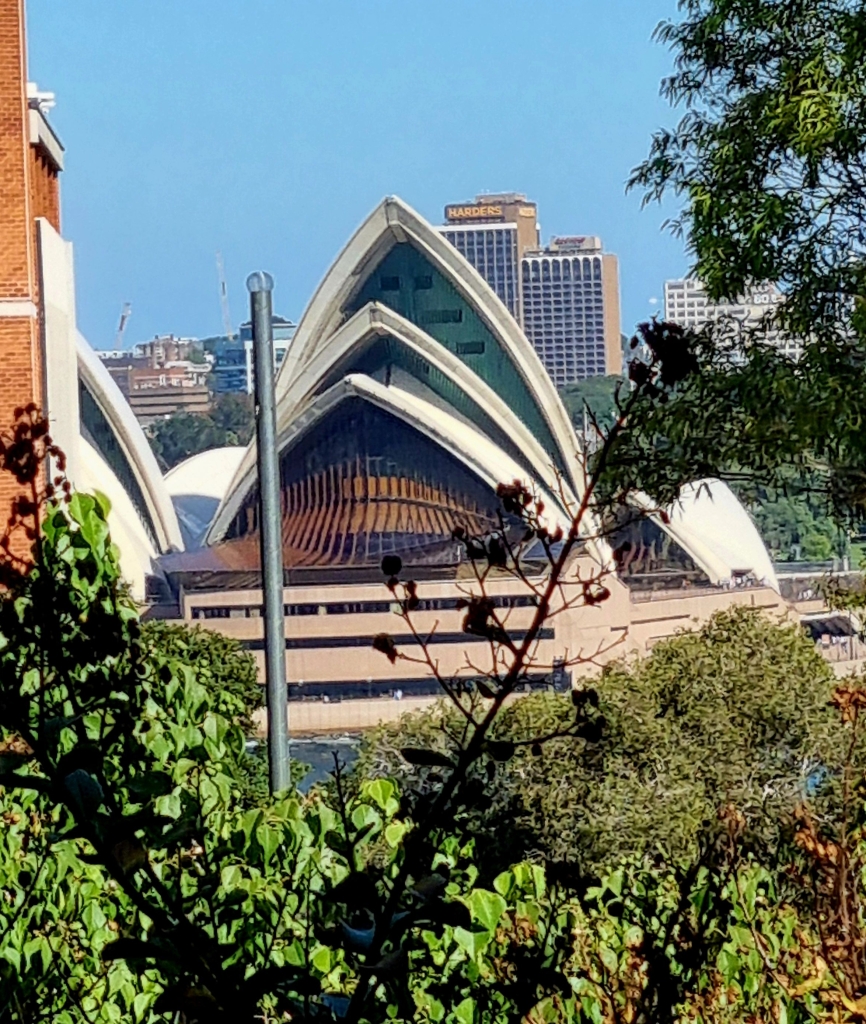
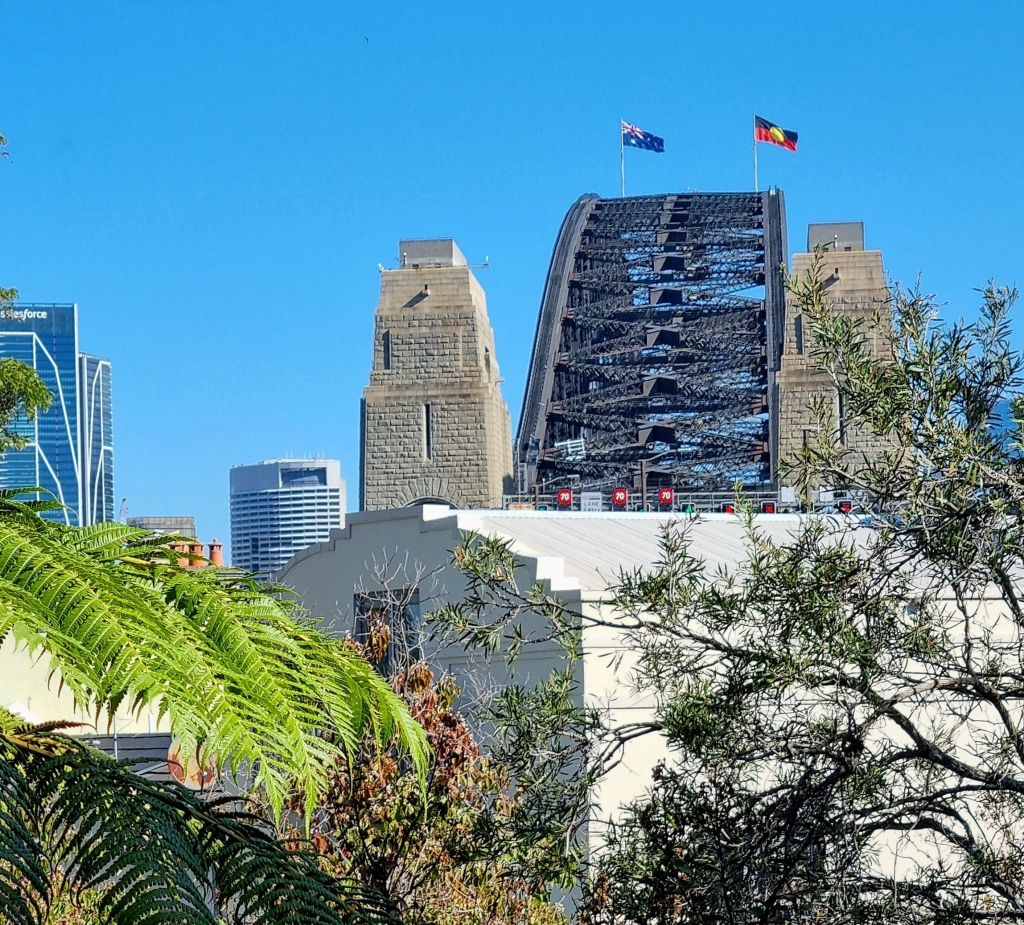
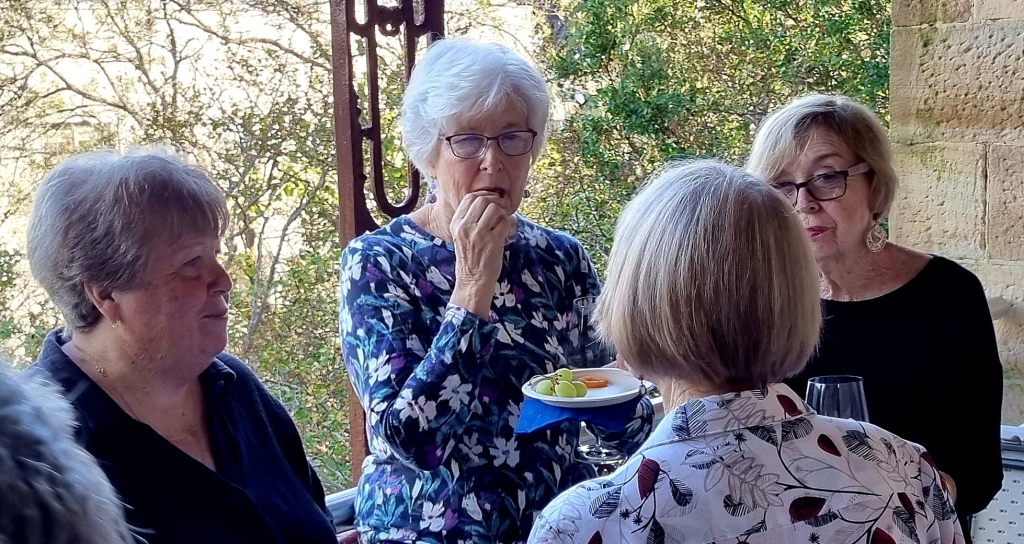

All present celebrated the occasion with food and wine and enjoyed the views from the balcony of the Sydney Harbour Bridge and the Opera House. Books were bought; old connections between poets were rekindled and new connections made. Plans were set in motion for future gatherings of NSW haiku poets.
Vanessa Proctor
All photos courtesy of Gavin Austin
A great write up by Vanessa and I just want to add I was proud to read my three published haiku and I enjoyed the beautiful venue of the neighbourhood centre. From the old laced wrought iron verandra we had views of the Opera House and the Harbour bridge. as we sipped our red wine (well some of us ) and we discussed poetry and friendship..
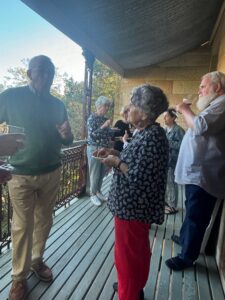
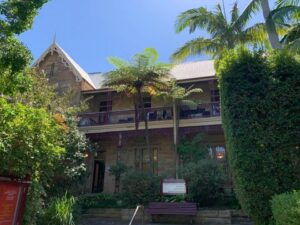
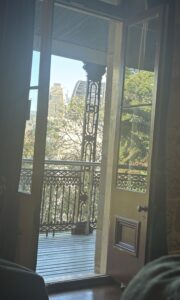
And we connected with old friendships once again
